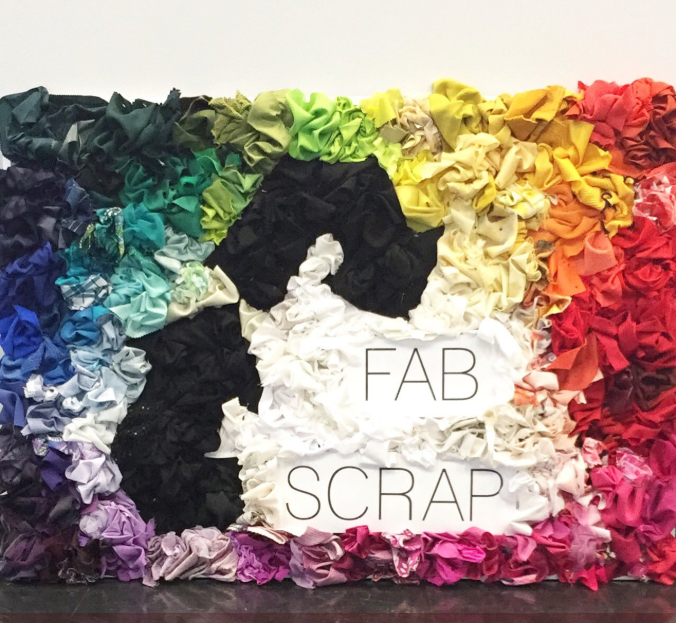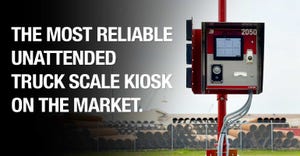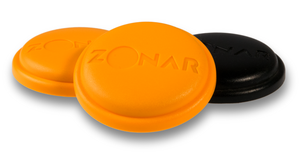FABSCRAP Brings More to the Story of Textile Waste
How one New York City entrepreneur is working with major clothing brands to put a dent in the deluge of pre-consumer leftovers.

Fast-growing volumes of tossed clothes that pile on landfills is a big industry topic. But there’s more to the story of textile waste, and it starts before the garment even makes it to the retailer. The textile waste trail starts in production, with factory room cuttings and design room waste.
But one New York City entrepreneur is at least putting a dent in the deluge of pre-consumer leftovers—to the tune of about 13,000 pounds a month. Jessica Schreiber, executive director of FABSCRAP, works with 250 brands, including some big names like J. Crew, Express and Oscar de la Renta. She also works with interior design and entertainment industries.
Schreiber picks up reusable materials for a modest fee, salvaging 60 percent that can be reused in its original form. The rest is shredded to make products like insulation, carpet padding and mattress stuffing. Customers use the remnants in various ways.
“People make quilts, bags and accessories. Someone recently got over 400 pounds of fabric for a giant weaving in an office building. There’s a company that makes dog collars and leashes from fabric it gets from us. And students buy it for school projects, which would sometimes otherwise be cost prohibitive,” says Schreiber.
But she sells high-quality materials for thrift store prices and gives some away to volunteers who help her sort what she takes in.

The primary market is New York City, but FABSCRAP has an online store and ships around the U.S.
Schreiber, who formerly worked for the New York City Department of Transportation’s Bureau of Recycling and Sustainability, got initial funding when she pitched to investors on a “Shark Tank”-like show.
The first year she rented a U-Haul and drove to each brand. Now, a third-party delivery company does on-call pickups as well as regular collections.
Material comes into a warehouse and is weighed, with each brand receiving a report including how much was reused, how much was recycled and how much carbon dioxide (C02) emissions were saved.
One of her buyers is Crystalyn Brennan, founder of Crystalyn Kae Accessories in Brooklyn, N.Y.
For years, she worked mainly with vegan leather, but that changed when she met up with Schreiber and saw her stock.
“Through FABSCRAP, I saw no harm in using something destined for landfill to give it a new life. It gave me permission to use it rather than pass up something so beautiful and rare,” she says.
What Brennan gets from FABSCRAP, mainly cotton, velvet and leather, has more function than what she’s worked with before.
“I can add a layer of leather to a strap to cushion it … I took a few hundred hides and made business card holders and wallets. I can’t do this with fabric because it’s thin and unravels,” she says.
She pays less for materials than before but more for labor since she physically cuts out each piece.
“But it’s worth it for the thrill of the hunt—to find what’s unique and to see the different color possibilities,” says Brennan.

Clothing manufacturer Hanky Panky generates about 3,000 pounds of fabric cutting fallout per week and recycles some of it through FABSCRAP. Gale Epstein, president and creative director of Hanky Panky, is happy for this service.
“We believe manufacturers should be responsible for their products from cradle to grave. Measures in place now to accomplish this are still nascent. There is a long way to go. Jessica Schreiber is a visionary and a leader for the cause. We know exactly where these materials go and that they will be put to use,” says Epstein.
Daniel Silverstein, founder of Zero Waste Daniel, makes athletic and leisure ware from remnants.
“When Jessica had the idea for FABSCRAP, I was just getting off the ground with a new line working with scrap materials. She asked if she collected materials from designers or factories, would I buy them? I said, 'If I don’t have to go to factories, haul trash and find my materials that would be amazingly convenient.' I save time and get more diversity,” says Silverstein.
He thinks the concept has potential to be mainstreamed as an alternative to wasteful processes.
“I would say to another designer, ‘You can spend at the same price point at many places in the city and not have a positive impact.’ The design process is inherently wasteful. And it’s labor and resource intensive [no matter how you do it]. So why not put the work into it in a different way in order to not make waste,” says Silverstein.
About the Author(s)
You May Also Like




